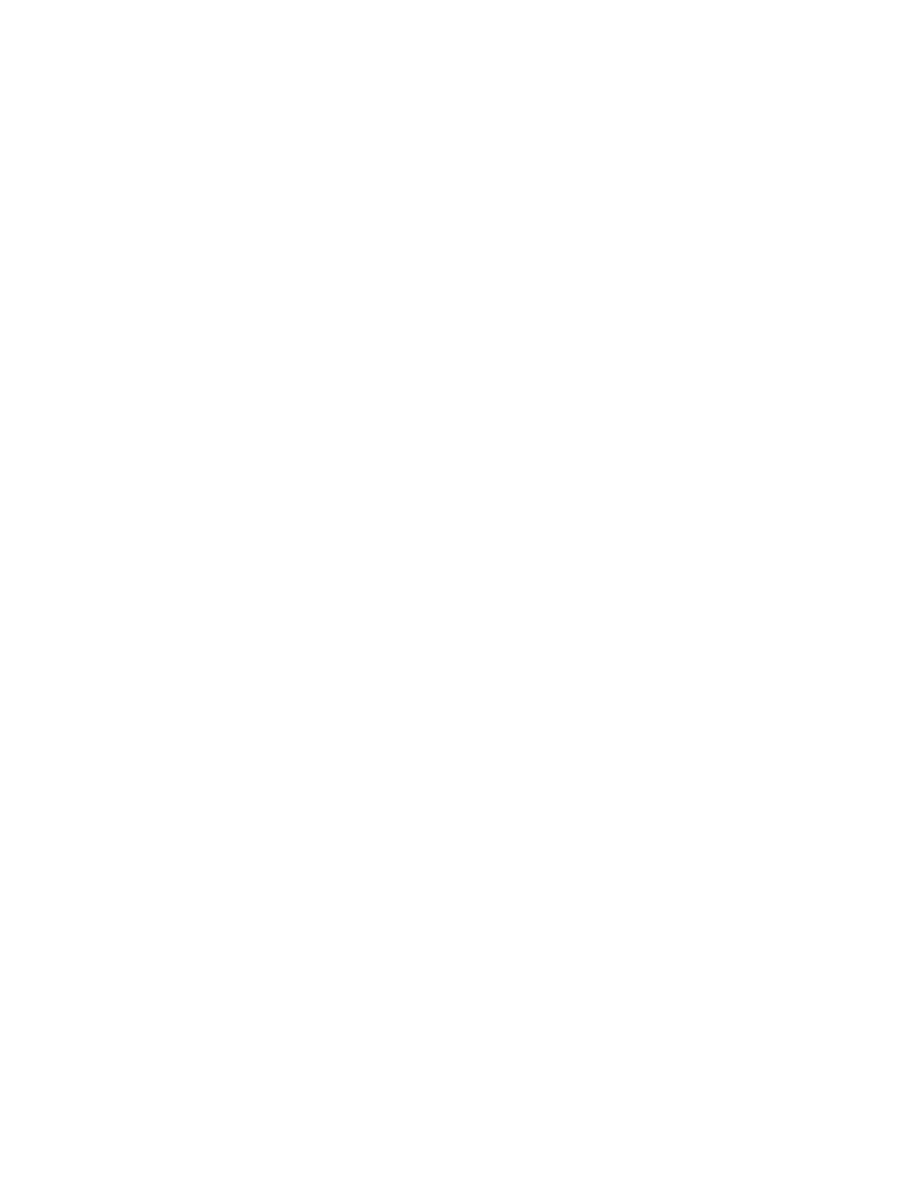Nova/Chevy II L4-1600cc 4ALC Nummi (1988)

Fuel pressure should be 206-226 kPa (30-33 psi).
If fuel pressure does not meet specification and fuel pressure regulator vacuum sensing hose is good, replace the fuel pressure regulator.
14.
With the fuel pressure gage still connected, turn the engine OFF. Measure the fuel pressure after the engine has been OFF for five minutes.
Fuel pressure should be above 14 6 kPa (21 psi).
If fuel pressure does not meet specification, check the injectors and the fuel pump check valve for leakage.
15.
Place a shop towel around the fuel pressure tap. Slowly loosen the fuel pressure gage connection to relieve fuel system pressure. Once system
pressure has been released, remove the fuel pressure gage, adaptor and washer.
16.
Reinstall the fuel pressure tap and washer.
17.
Wipe up any gasoline that may have spilled in engine compartment.
18.
Start the engine and check for leaks.
INJECTOR BALANCE TEST
The injector balance tester tool is used to energize the injector for a precise time period. Since the injector is energized for a measured period, the
amount of fuel sprayed into the intake manifold per each injector ON period is also precisely measured. This causes a drop in fuel rail pressure that can
be recorded and compared between each injector. All injectors, when they are individually energized, should cause the same amount of pressure drop.
Any injector that causes a pressure drop of more or less than 20 kPa (3.0 psi) from the average is defective and should be replaced.
If engine has been operating, a cool down period of at least ten minutes is necessary to avoid irregular readings due to "hot soak" fuel boiling.
1.
Disconnect the negative battery cable.
2.
Place a shop towel around the fuel pressure tap.
3.
Slowly loosen the fuel pressure tap to relieve fuel system pressure. Once system pressure has been released, remove the fuel pressure tap and
washer.
4.
Install adaptor J37144 into the fuel rail using the fuel pressure tap washer.
5.
Connect a fuel pressure gage J34730-1 to the adaptor.
6.
Wipe up any gasoline that may have spilled in the engine compartment.
7.
Install a length of service wire to jumper the fuel pump check connector. (The fuel pump check connector is located at the right-hand strut tower in
the engine compartment. The connector can be identified by its brown wire and its red/green wire).
8.
Reconnect the negative battery cable.
9.
Turn the ignition switch to ON.
10.
Insert the clear tubing attached to the gage vent valve into a suitable container. Open the gage vent valve. Bleed any air trapped in the gage or hose
to insure accurate readings. Close the gage vent valve.
11.
Turn the ignition switch to OFF.
12.
Disconnect the harness connectors from all four fuel injectors.
13.
Connect injector tester J34730-3A (included in Test Kit J34730-B) to the number 1 injector. Follow the tester manufacturer's instructions for use
of adaptor harness. (When connecting the tester, use the two wire leads which splice off from the connector. DO NOT use the tester's injector
connectors - they do not fit the Nova Twin Cam engine fuel injectors).
14.
Turn the ignition switch to ON. Allow fuel pressure to stabilize.
15.
Turn the ignition switch to OFF.
16.
Record the pressure reading.
17.
Press the tester's button and energize the fuel injector ONCE. Note and record the pressure drop at its lowest point. (Disregard any pressure
increase after the initial drop.)
